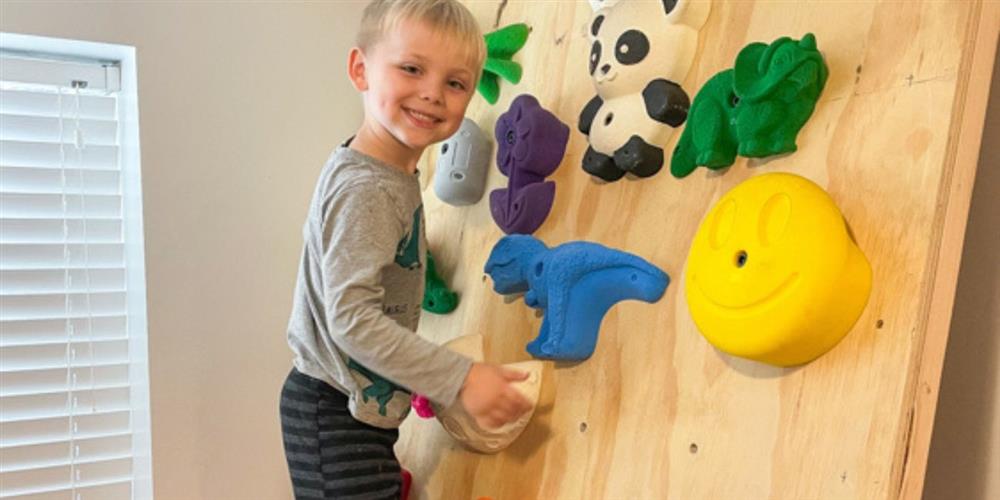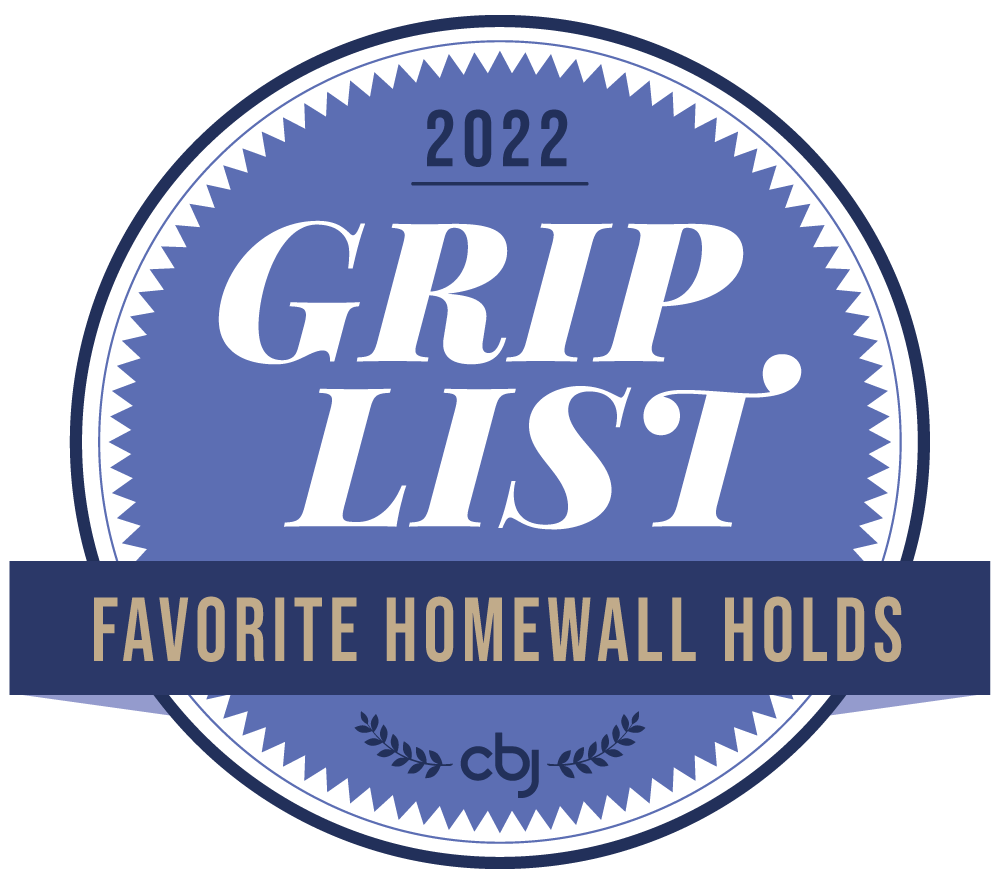Installing a residential bouldering wall can transform your home into the ultimate training ground. Whether you're an indoor climbing enthusiast or a homeowner looking to spice up your workout room, a home bouldering wall is an excellent choice.
Keep reading to discover the benefits of having a residential bouldering wall, installation tips, maintenance tips, and more. By the end, you'll be well-equipped to create a bouldering wall that enhances your climbing skills and adds a unique touch to your home.
The Benefits of a Residential Bouldering Wall
Before we get into how to install a home climbing wall, discover how you’ll benefit from having one in your home.
Convenience
One of the most significant advantages of having a residential bouldering wall is the sheer convenience it offers. Forget about the time and effort spent traveling to a climbing gym—your training ground is just a few steps away. This added convenience can dramatically increase the frequency of your training sessions, allowing for more consistent practice and faster skill development.
Customization
A home bouldering wall offers unparalleled customization options. You can set the wall angles, hold placements, and routes according to your skill level and training needs.
This flexibility allows you to create a climbing environment that is catered to your specific training routine. Whether you're focusing on strength, technique, or endurance, your custom wall can cater to all your goals.
Cost-Effectiveness
While the initial investment in a home bouldering wall might seem steep, it pays off in the long run. Consider the money saved on gym memberships, travel expenses, and time.
Over the years, a residential bouldering wall can prove to be a cost-effective solution for dedicated climbers. Plus, it adds value to your home, making it a worthwhile investment.

Installation Tips for Your Home Bouldering Wall
Once you’ve decided to install a residential bouldering wall in your home, you’ll need to know some essential tips to ensure the installation process is smooth and easy.
Location, Location, Location
Choosing the right location is crucial for maximizing your climbing wall and experience. First and foremost, look for an area with ample ceiling height. Consider a garage, basement, or even a spare room that can accommodate your climbing ambitions.
Aim for a spot with good lighting and ventilation to keep the energy high and the air fresh while you climb. Additionally, ensure there’s enough space around the wall for padding and safety mats. Lastly, think about how the wall will fit into your home’s aesthetics. Choose a spot where you can proudly show off your bouldering brilliance to family and friends.
Investing in Quality Materials > Saving a Few Bucks
When it comes to creating a bouldering wall that truly rocks, investing in quality materials is essential. Choosing cheaper options might save you a few bucks upfront, but when it comes to climbing, safety should always be the top priority. High-quality plywood and holds ensure that your wall can withstand frequent climbing sessions without compromising stability or safety.
Plus, premium materials often come with better textures and features that enhance your climbing experience, allowing for a more enjoyable and challenging workout. Slippery holds or flimsy panels could lead to accidents or injuries. By investing wisely from the start, you'll not only ensure a longer lifespan for your bouldering wall but also gain peace of mind knowing you’re training safely and effectively.
Consider the Wall Angles
When it comes to climbing walls, angles are your best friend! The angle of your bouldering wall can transform your climbing experience from a leisurely activity to an exhilarating challenge. Vertical walls are perfect for honing your footwork and body positioning skills, while overhangs crank up the intensity, forcing you to engage your core and upper body in ways that are both exhilarating and physically demanding.
Each degree of incline can significantly alter the difficulty of your climbs, making it a crucial consideration when designing your home bouldering wall. Choosing a mix of angles allows you to mimic various climbing conditions, enhancing your versatility as a climber and adding variety to your training sessions. So, whether you’re looking to scale new heights or just have some fun, think of wall angles as your climbing wall's secret weapon for a dynamic and engaging training regimen!
Frame Comes First
When it comes to constructing your home bouldering wall, the frame is the backbone of your climbing adventure—literally! Without a sturdy and well-thought-out frame, your wall can turn from a dream into a disaster in no time. Start by figuring out the dimensions of your wall based on the space available and your climbing goals.
Use 2x4 lumber for a strong base and be sure to secure it to the floor and ceiling or adjacent walls for maximum stability. Think about adding cross-bracing to prevent any wobbling during those epic send attempts! Additionally, create an adjustable frame if you want the flexibility to change the angles of your wall later.
Get Creative with Holds and Placement
When it comes to rock climbing holds and placement on your bouldering wall, creativity is key to keeping your training sessions fun and engaging! By mixing up hold types—from crimps and pinches to slopers and jugs—you can simulate a variety of climbing scenarios, mirroring the diverse challenges you'll face at outdoor crags or climbing gyms. Experimenting with different placements not only enhances your problem-solving skills and adaptability but also adds an element of surprise to each climb.
Consider arranging holds in unique patterns or creating themed routes that mimic famous climbing routes. Involve your fellow climbers and host friendly competitions to see who can tackle the most imaginative climbs. After all, nothing builds camaraderie quite like shared climbing adventures!

Maintenance Tips to Keep Your Bouldering Wall in Top Condition
Now that you’ve got your bouldering wall installed, you’ll need to know a few maintenance tips. To maintain a home bouldering wall, regularly clean climbing holds with a brush and mild detergent to remove chalk and dirt, ensuring optimal grip.
Periodically inspect all hardware, including bolts and screws, for any signs of wear or loosening. Tighten or replace components as necessary to keep the wall secure. Refresh your routes by experimenting with new hold placements and angles to keep your climbing sessions exciting and challenging.
Find the Finest Climbing Holds for Your Bouldering Wall at Atomik Climbing Holds!
We hope our guide helps you design, install, and maintain the ideal home climbing wall. If you need new climbing holds, whether they be pinchers, slopers, footholds, or anything else, Atomik Climbing Holds is here to help! Browse our extensive collection of climbing holds, available in numerous colors, shapes, and sizes online, or contact our staff to speak with a home climbing wall expert today.




Leave your comment